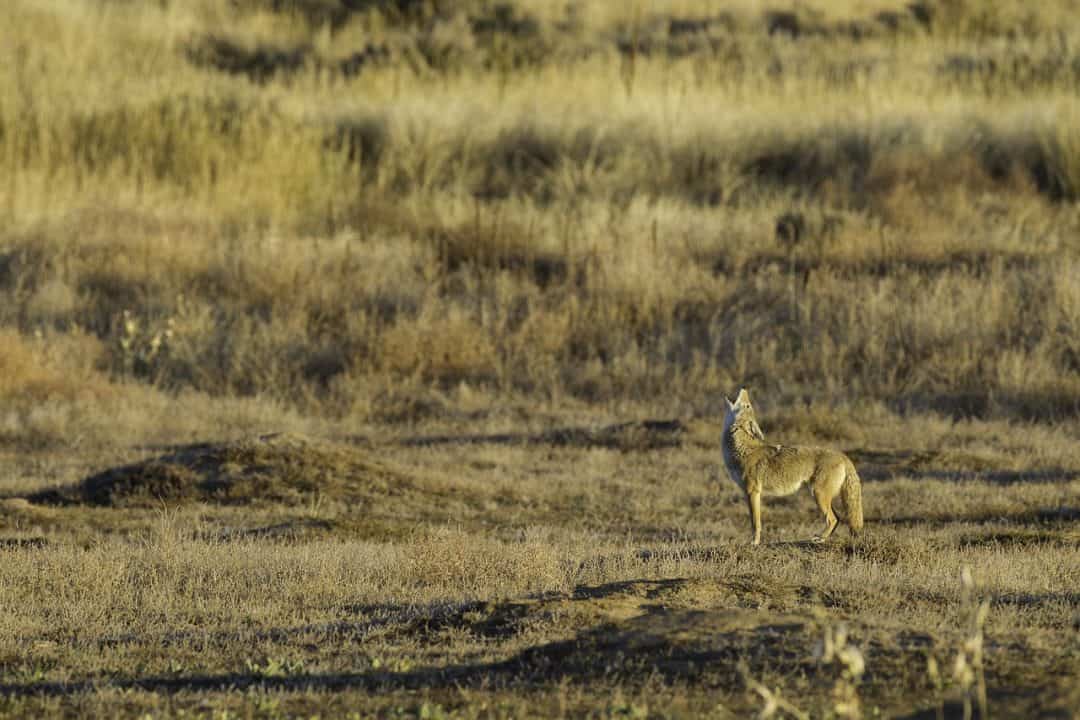

“Coyotes have no fear of humans, and they’ve gotten so thick.” “We were right there, just on the back side of the hill,” Nutter says. Her husband, Kelly Mothershead, shot one of the coyotes, and the rest bolted at the blast. “Three coyotes were teasing a mama, and two were dragging on her calf,” Nutter recalls. They ran up the hill and saw five coyotes amid their grazing cattle. M-44 certificates with numbers below 5000 are no longer valid.Maggie Nutter and her husband were fixing a fence on their ranch in northern Montana when they heard raucous bellowing.
#COMPOUND 1080 COYOTE LICENSE#
Private Applicators raise livestock or poultry and apply M-44s or LPCs on their own land or land of an agricultural employer.Ī Commercial License is required for people applying M-44s or LPCs for hire as a business.Ī Noncommercial Political Subdivision License is required for government employees who may apply or supervise application of M-44 or LPCs in the course of agency business. Pass the LPC Applicator Exam with a score of 70 or above.ī) Noncommerical or Noncommercial Political Subdivision Applicator License, or.Attend a TDA Predator Management Training Session that includes LPC training.Possess one of the following licenses issued by TDA:Ī) Private Applicator Certificate or License,ī) Noncommercial or Noncommercial Political Subdivision Applicator License with the Predatory Animal Control subcategory, or the Regulatory Pest Control or Demonstration and Research categories, orĬ) Commercial Applicator License with the Predatory Animal Control subcategory.Pass the M-44 Exam with a score of 70 or above.Attend a TDA Predator Management Training Session.Environmental Protection Agency requires special training for certification of M-44 and Compound 1080 Livestock Protection Collar applicators. (See links to the right for additional information available on the web.) Extension and Wildlife Services personnel are available to assist in this area. Identifying what predator killed an animal is crucial to determining the appropriate method of control. Though coyotes are the most common predator, foxes, feral dogs, feral hogs, mountain lions and eagles also kill young livestock. The program also includes other control methods and tips on identifying which type of animal is taking livestock. This program covers training on available management and monitoring techniques and certifies applications for use of M-44 sodium cyanide and the Compound 1080 Livestock Protection Collar.īefore using these pesticides, applicators must have a license with TDA and attend a Predator Management Training Class on the selected method. The program works to ensure the methods used to manage livestock predation are not hazardous to humans, non-target animals and the environment. TDA's Predator Management Training Program works closely with the Texas A&M AgriLife Extension's Wildlife Services to help Texans in the livestock industry find the most appropriate control method. Predators animals can spread diseases such as rabies, Lyme disease and Rocky Mountain Spotted Fever to humans and domestic animals.

Predators such as coyotes, foxes and feral dogs cause damage to livestock and crops, which results in economic loss for Texas farmers and ranchers.

M-44 Sodium Cyanide and Livestock Protection Collar (LPC)


 0 kommentar(er)
0 kommentar(er)
